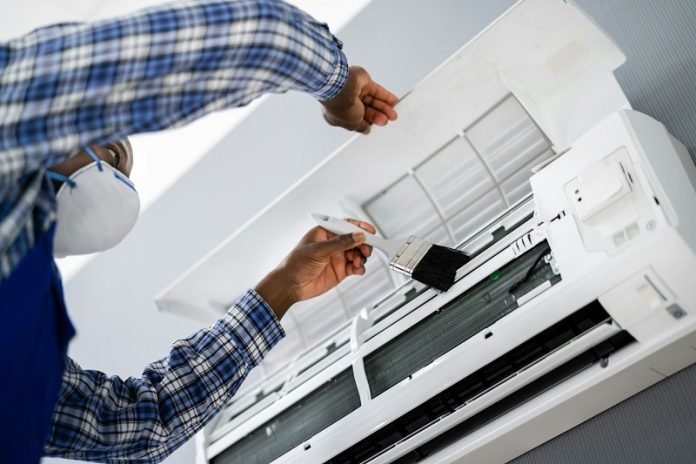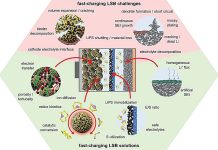
In an innovative study from Princeton University, engineers have demonstrated that outfitting urban structures like building walls and roadways with special materials called retro-reflectors could significantly reduce city temperatures.
Their findings, published in Nature Cities, reveal that these materials can decrease surface temperatures by up to 36°F, lower surrounding air temperatures by nearly 5°F, and even cool human skin temperatures by almost 1°F.
Retro-reflectors work by bouncing most incoming sunlight directly back to its source, rather than scattering it in different directions as other materials might.
This simple yet effective solution could be particularly beneficial in dense, skyscraper-filled cities like New York, Hong Kong, and Singapore, where heat can become trapped between buildings.
The research, conducted with the University of Perugia in Italy, is crucial as cities are often several degrees warmer than their rural counterparts due to the urban heat island effect.
This phenomenon makes urban areas particularly vulnerable to the effects of extreme heat, which kills more people in the U.S. than any other weather-related event.
With climate change exacerbating these heat events, the need for effective cooling technologies is more urgent than ever.
Many current methods to combat urban heat, such as painting rooftops white to reflect sunlight, have limitations.
These solutions often do not control the direction of reflected light, which can lead to unintended consequences like increased heat for pedestrians or other buildings.
Retro-reflectors, by contrast, send the light back upwards and out of urban areas, potentially alleviating the overheating issue without adverse side effects.
Xinjie Huang, a graduate student and the first author of the study, emphasizes that retro-reflectors can effectively “release” radiation that would otherwise contribute to higher temperatures in crowded urban environments.
These materials are already used in the transportation sector for road signs and nighttime visibility, and their application for urban cooling represents an exciting new frontier in their use.
Professor Jyotirmoy Mandal, a co-author of the study, notes that while retro-reflectors are available on the market, the challenge lies in enhancing their efficiency and tailoring their properties to maximize cooling benefits.
The research provides foundational insights that could help urban planners and policymakers implement these technologies more effectively.
The study’s results offer practical guidelines for using retro-reflective materials based on a city’s specific latitude, street orientations, and building arrangements.
This work paves the way for a cooler, more sustainable urban future, giving cities around the world a new tool to combat the rising temperatures brought on by climate change.



